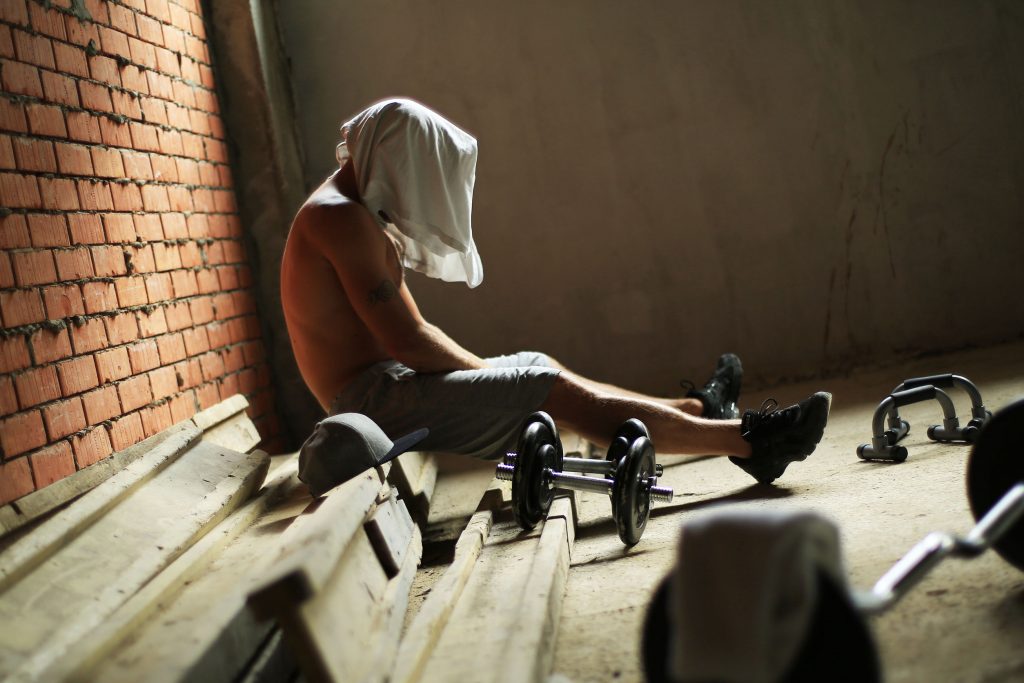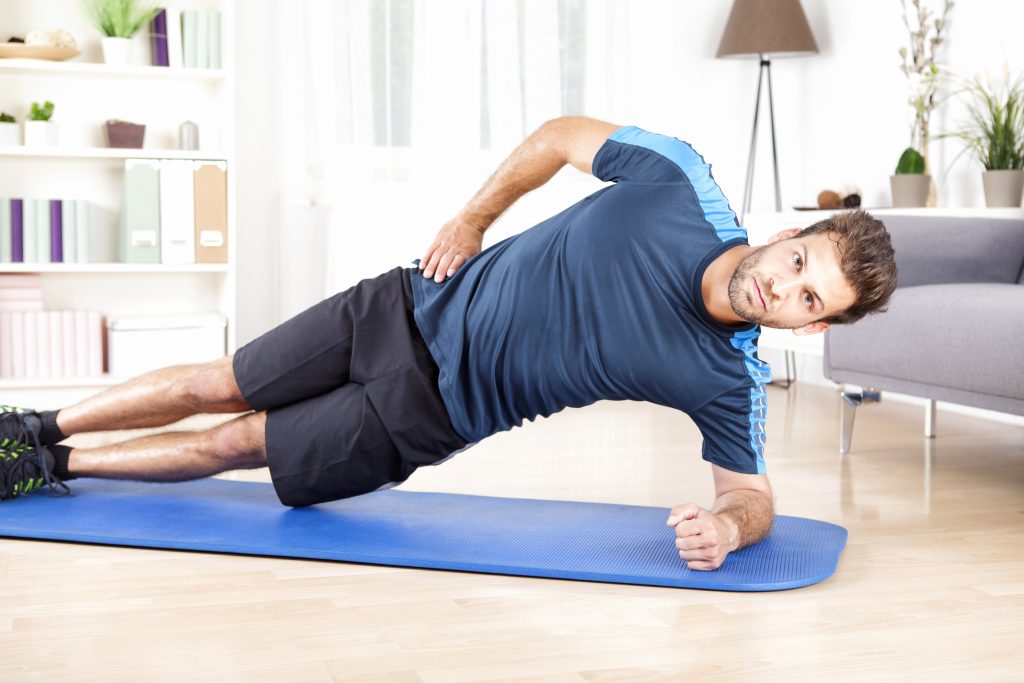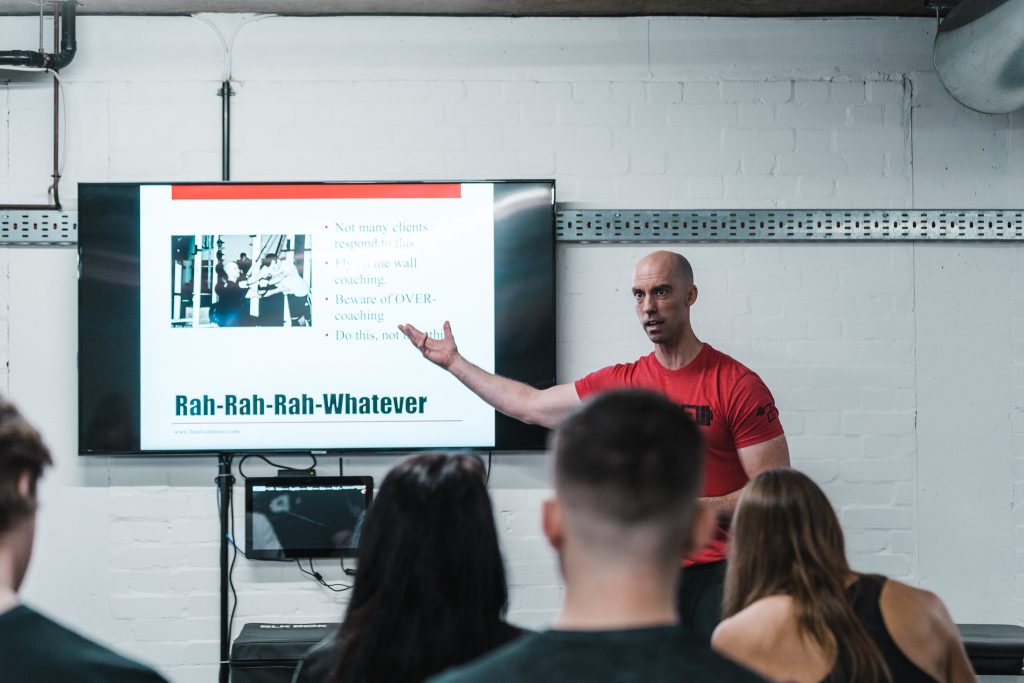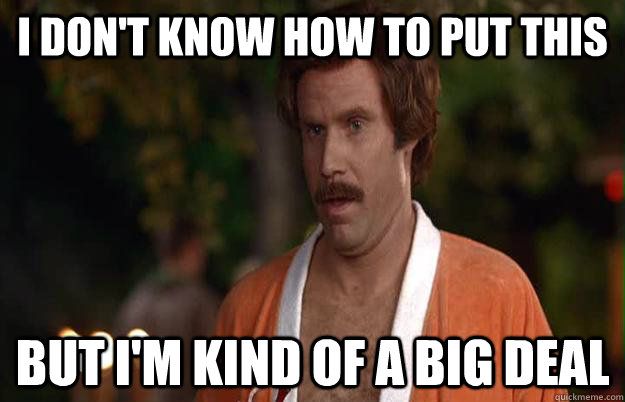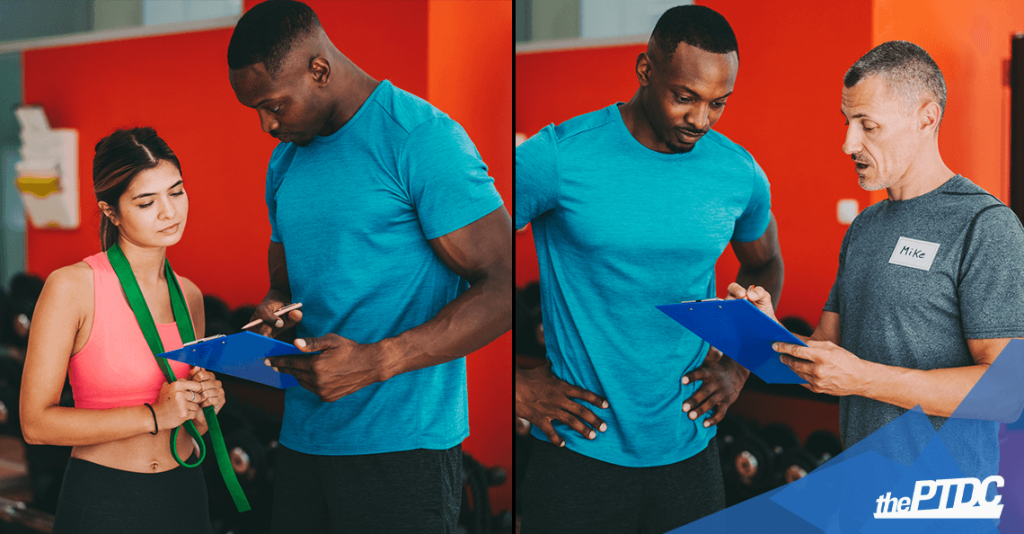A few weeks ago I was invited by my good friend and colleague, Justice Williams, a trans body positive activist (and one hell of a coach and human being), to participate in a conversation on masculinity & the fitness industry with his Fitness4AllBodies community.
I was very interested in just listening, because as a straight, white, cis male there’s myriad of things I don’t have to worry about and, quite frankly, take for granted.
Moreover, as a part of what Justice refers to as the Fitness Industrial Complex, without litigating the past, there’s a handful of things I’ve said, written, and done (with zero intention to purposely denigrate or cause malice to anyone), that, as I came to realize as I listened in, did just that.
By no means was it a “point all our fingers at Tony” party. Rather, it was a much needed wake-up call on my end that I can do better, and I was appreciative for everyone’s insights and calls for action.
The fitness industry is a wonderful community filled with a cornucopia of well intentioned, positive, and open-minded individuals. However, as is the case with any community, is rife with ignorance and its own array of imperfections.
I encourage anyone reading to absorb what Justice has to say below and to consider lending him your attention and participating in some of his upcoming courses (one of which is highlighted below).

Desired Feats of Manliness: The Roots of Performative Masculinity
Looking back at history gives us a deeper understanding of the convention and showmanship of manliness. We can’t escape the roots of how we attained these ideas, perspectives, and behaviors of masculinity. It is the desire of wanting to be valued and coveted in this theater we call life.
In this brief essay, I’d like to explore the performative nature of manliness and how these ideas and toxic values are maintained within the Fitness Industrial Complex.
By understanding that the ideas deemed valuable about masculinity have been socially constructed throughout time, it shows us that these ideas are not innate, yet malleable, and can be changed.
Mens’ ideas about aesthetics, strength, and what it means to be a man comes from the 19th century “Physical Culture” performances that erupted in England.
These performances ranged from weightlifting, wrestling or boxing at local clubs to incredible feats of strength like bending bars and metal pans, as well as lifting carts at the vaudeville strongman shows.
This performative masculinity became the desire of men and these shows the propaganda of masculinity.
Judith Butler, writer, activist philosopher, theorized on gender performativity and explains to us how…
“…gender is a social construct, a set of behaviors in everyday life that define and comply with how we perceive these social norms.”
During this time, idolizing masculinity (or manliness) spread like wild fire and soon became akin to what it meant to be “close to God and what it meant to be in his image.”
Some of the performers became huge celebrities, like Eugene Sandow, who, recognized as the father of bodybuilding, changed the ideal image of what a man’s body should look because he was deemed beautifully perfect and godlike from his symmetric aesthetics and power.
These ideas have become cemented norms within the Fitness Industrial Complex.
What is the Fitness Industrial Complex?
The Fitness Industrial Complex defines and maintains power over our bodies through the lens of privilege. These mainstream ideas teach us what it means to be fit and well in our bodies…
…determined, predominately, by race, gender, identity, ability, and body shape.
These mainstream ideas reinforce stereotypes about the identities and bodies of BIPOC, Queer, poor, and communities with disabilities.
“The Fitness Industrial Complex is maintained by private companies that gain huge profits from diet and fitness culture as well as the propaganda it spreads about health and wellness; increasing influence of athletic bodies and sports; and eliminating any social dissent to prevailing ideas about bodies, health, and wellness that illuminate our true experience of the industry.
— defined by Justice Williams“
Within the fitness industry we reinforce these ideas that have become the norms within a global society.
These ideas are valued within the fitness industry and is what we as men (and masculine identified individuals) should all achieve. It is the desire of wanting to be valued and coveted in this theater we call life.
The Fitness Industrial Complex helps us to see the ways that performative masculinity limits information about the ways that we conform and maintain these toxic ideas.
We have to understand the problem if we are to truly change the toxic ideas that we hold about ourselves and others. Let’s all take our bodies back and reframe the ways that we see masculinity in relationship to ourselves and others.
Reframing Masculinity & Gym Culture
This 3-week course will dig deeper into the journey through performative manliness, the history and construction of masculinity, and how fitness is both a product and agent of producing specific forms of masculinity.
Remember, this is not just a course for cisgender men! We all internalize and reenact dominant ideologies of power, which in a white supremacist patriarchal society includes hegemonic forms of masculinity.
This cohort will take place from May 12-26th and will be capped at twenty participants, so please help us get to know you, your background, and what you hope to get out of this course in our time together.
Go HERE for more information and to register
About the Author
Justice Roe Williams (he/him) is a Certified Personal Trainer, head coach at Kettlebell Justice, founder of The Queer Gym Pop Up and BodyImage4Justice, and Executive Director of Fitness4AllBodies.
He is a trans body positive activist and has been actively creating safe spaces for queer and trans bodies in fitness in the Boston area since 2013. Williams actively advocates for fitness being for everyone and the importance of trainers and fitness professionals using their status as gatekeepers to “act as a shield” to protect their clients and create safe, affirming practices and spaces.
A key component of his work has been working with people of all backgrounds to address and dismantle toxic masculinity and how it operates within white supremacist patriarchal culture—particularly in fitness. His work has been featured in Refinery29, Good Housekeeping, NPR, PinkNews, and Boston Neighborhood Network News.
Website: www.Fitness4AllBodies.org
Instagram: @fitness4allbodies






